I built a sensitive transimpedance amplifier for a photodiode. Motivated by this question, I am attempting to push the limits on sensitivity.
I have some experience with sensitive transimpedance amplifiers, 30+ years ago I built one at work with a 300M feedback resistor.
I have partially populated 2 PWBs with 2 different feedback resistors/caps. I have 3 opamps that are pin compatible. I switch out the opamps for the tests. The one opamp (TLV2760) is a low-voltage rail-to-rail, so I need to use different power for it.
LMC6001 : On paper, this is the best choice. However, the output is unstable, is oscillates at about 600 kHz.
TLE2071 : Works reasonably well at room temperature, but the errors are larger than can be explained by the bias current. Also, the bias current would cause large errors at higher temperatures.
TLV2760 : Works reasonably well at room temperature, but the bias current would cause large errors at higher temperatures.
I have added more decoupling caps and a jumper to disable the shutdown on the TLV2760.
I have cleaned the areas around the critical net well with alcohol.
For the "dim" data, I have a dark room with a single common 5 mm LED (10 mA) pointed at the ceiling. This is roughly the light level of moonlight.
Question 1: why doesn't the LMC6001 work? I have 2 of them, both act the same. I am hesistant to buy more since they are expensive.
Question 2: why is the dark output higher than expected for the TLE2071 (yellow in the table)?
